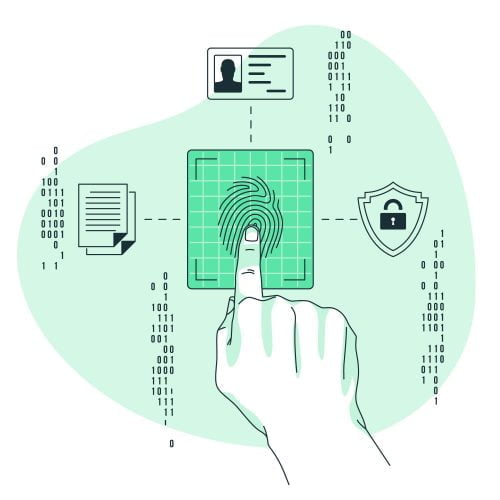In the vast ocean of cyberspace, information travels through channels known as ports. Just as ships rely on ports for safe passage, digital data relies on these designated entry and exit points to reach its destination securely. Understanding the critical port numbers in cybersecurity is akin to knowing the key entry points and exits in a complex maze. In this blog, we embark on a journey to explore these critical port numbers, uncovering their significance in fortifying digital defenses.
What are Ports?
Before diving into the specifics, let’s grasp the concept of ports. In networking, a port is a communication endpoint that facilitates the transfer of data between devices. Ports are numbered for identification, and each number corresponds to a specific type of service or protocol. Just as buildings in a city have different addresses, devices in a network have different ports for various types of communication.
Critical Port Numbers:
- Port 21 (FTP): File Transfer Protocol (FTP) operates on Port 21, enabling the transfer of files between a client and a server. Despite its utility, FTP poses security risks, as data transmitted over FTP is not encrypted, making it vulnerable to interception.
- Port 22 (SSH): Secure Shell (SSH) operates on Port 22 and provides a secure channel for remote access to devices over an encrypted connection. SSH is crucial for secure administration and file transfers over networks.
- Port 80 (HTTP): Hypertext Transfer Protocol (HTTP) operates on Port 80, facilitating the transmission of web pages over the internet. While essential for web browsing, Port 80 can also be exploited by attackers to launch HTTP-based attacks, such as Cross-Site Scripting (XSS) or SQL Injection.
- Port 443 (HTTPS): HTTPS, the secure version of HTTP, operates on Port 443. It encrypts data transmitted between a client and a server, ensuring confidentiality and integrity. Port 443 is vital for secure online transactions and safeguarding sensitive information.
- Port 25 (SMTP): Simple Mail Transfer Protocol (SMTP) operates on Port 25 and is responsible for sending emails between mail servers. However, Port 25 is frequently targeted by spammers and malware authors to distribute unsolicited emails or launch email-based attacks.
- Port 3389 (RDP): Remote Desktop Protocol (RDP) operates on Port 3389 and enables remote access to Windows-based systems. Due to its widespread use, Port 3389 is often targeted by attackers seeking unauthorized access to remote desktops.
Securing Critical Ports:
Understanding the critical port numbers is only the first step; securing them is paramount. Organizations must implement robust cybersecurity measures to protect critical ports from exploitation. This includes using firewalls, intrusion detection systems (IDS), and encryption protocols to fortify network defenses and mitigate potential threats.
Conclusion:
In the realm of cybersecurity, knowledge is power. Understanding the critical port numbers and their associated risks empowers organizations to strengthen their digital defenses effectively. By implementing proactive security measures and staying vigilant against emerging threats, businesses can navigate the cyber seas with confidence, safeguarding their valuable assets from harm.






